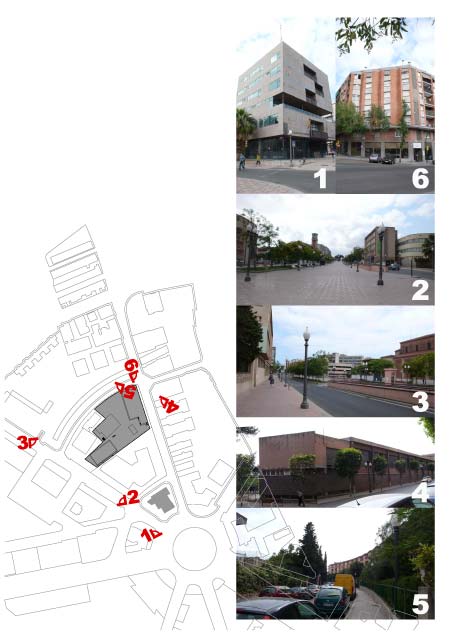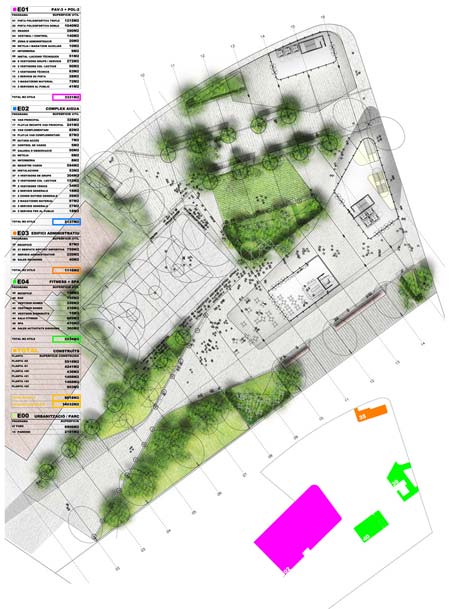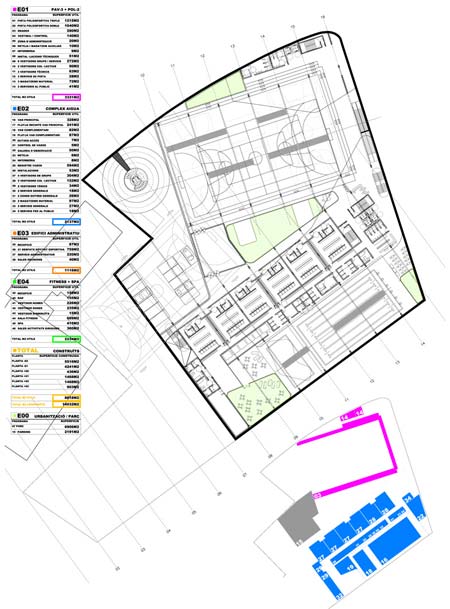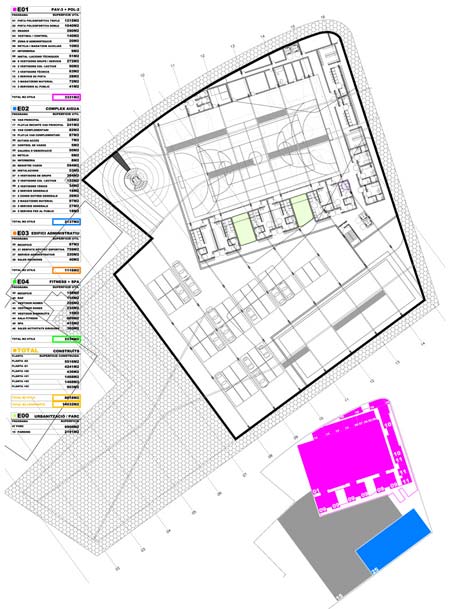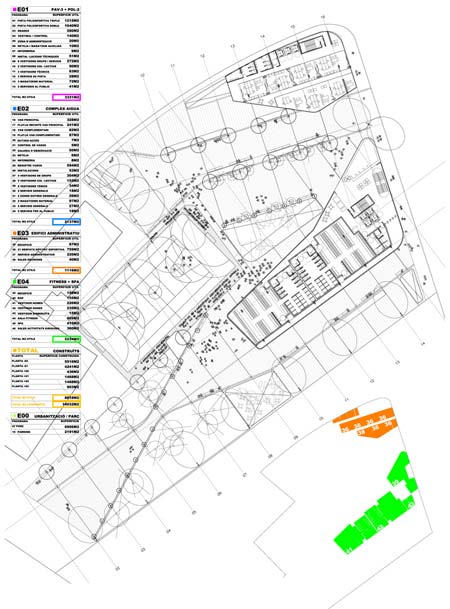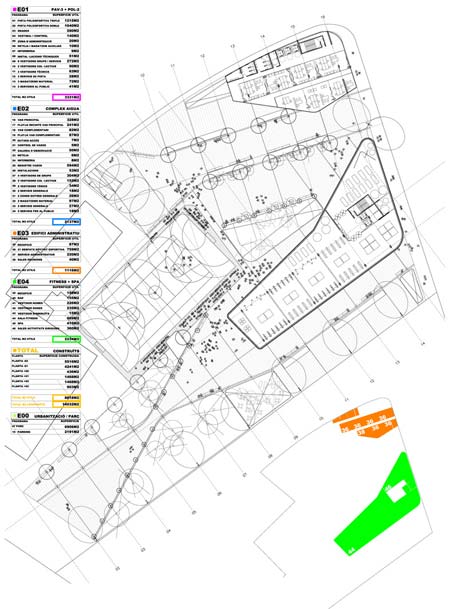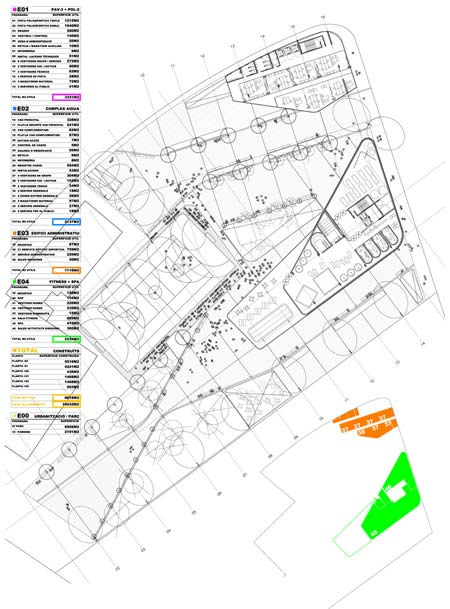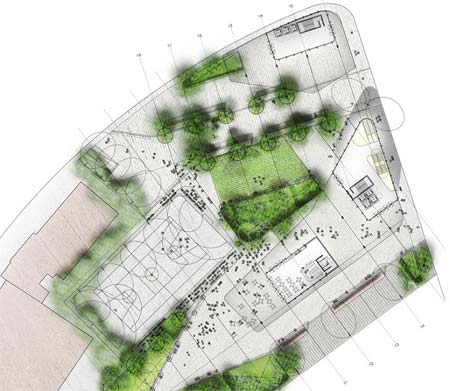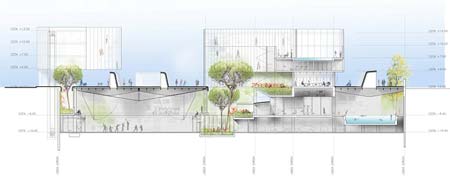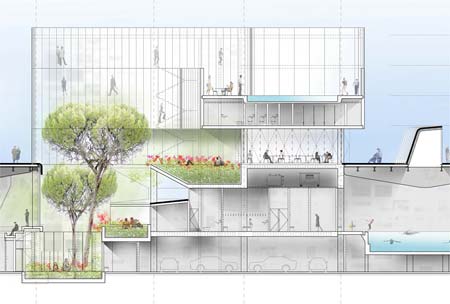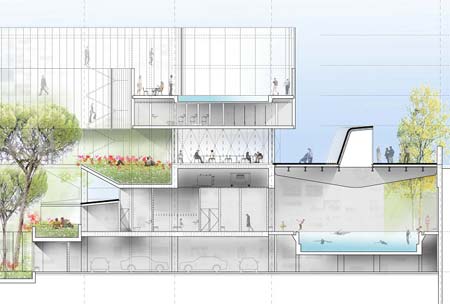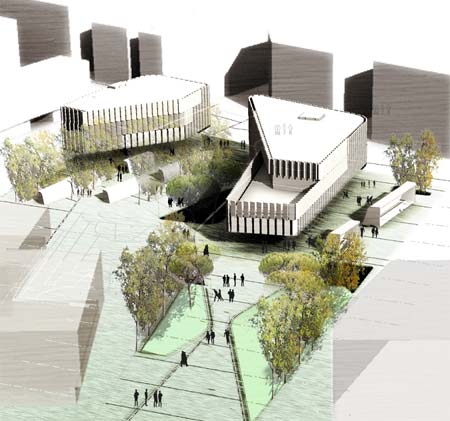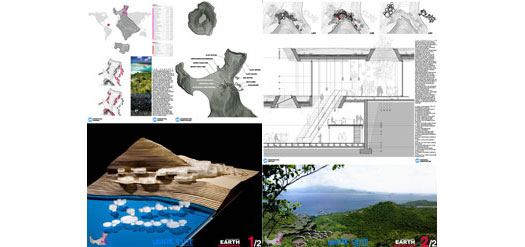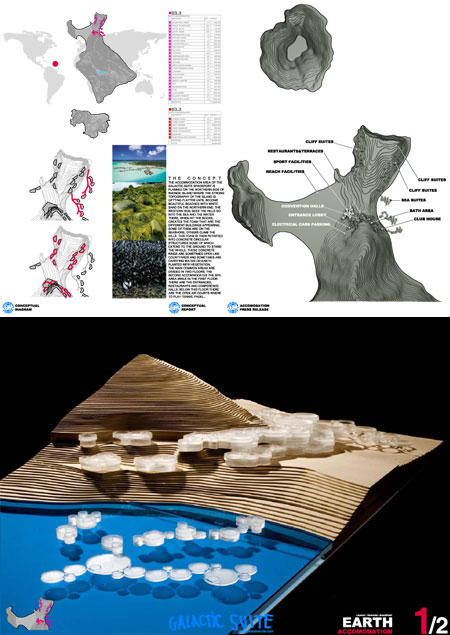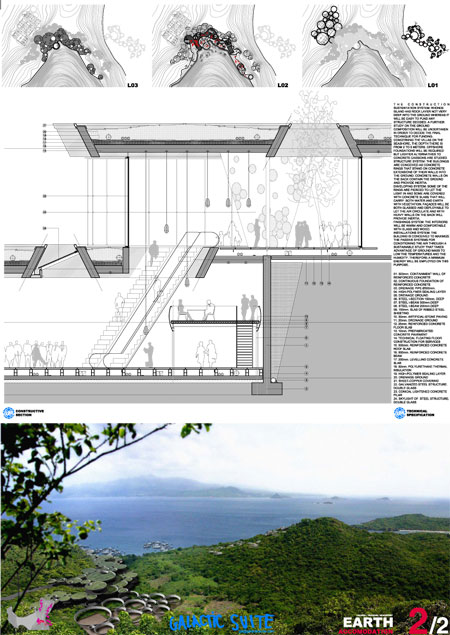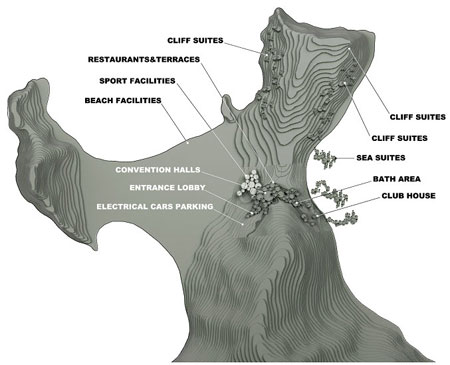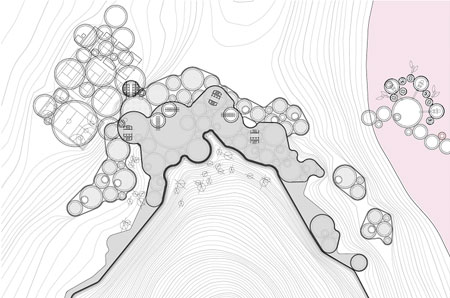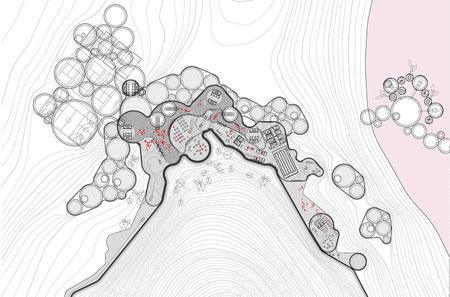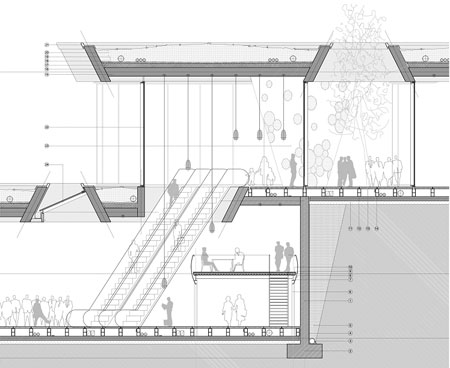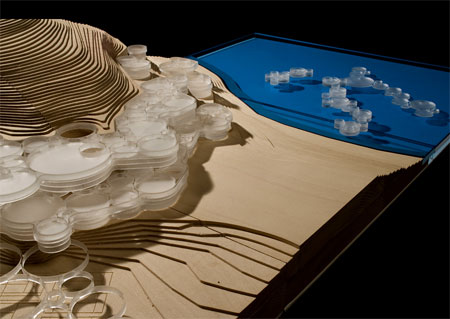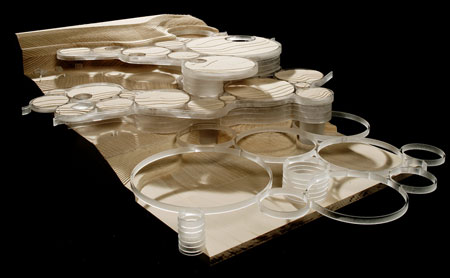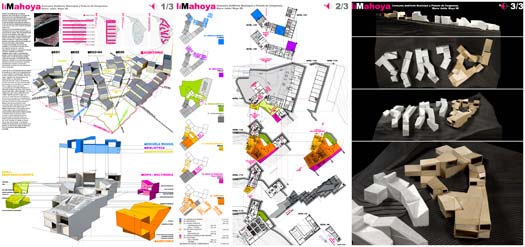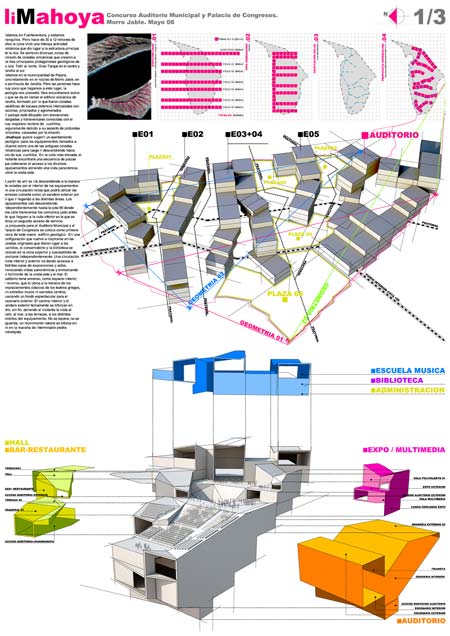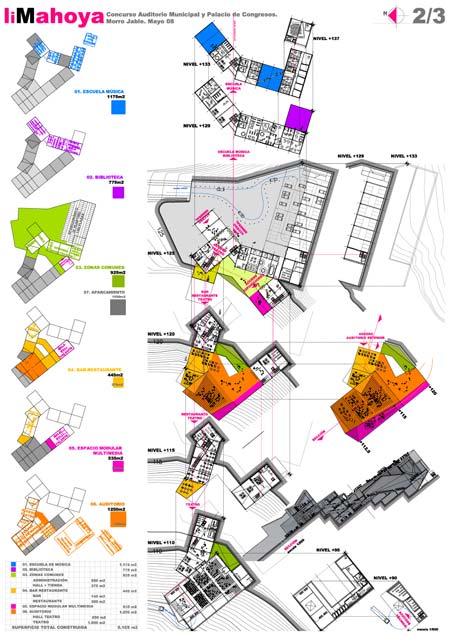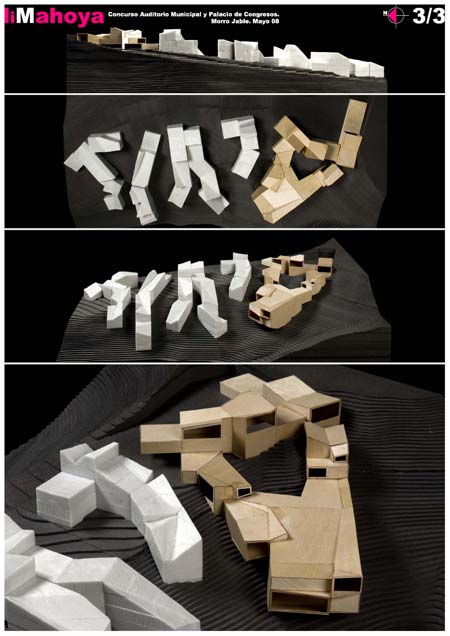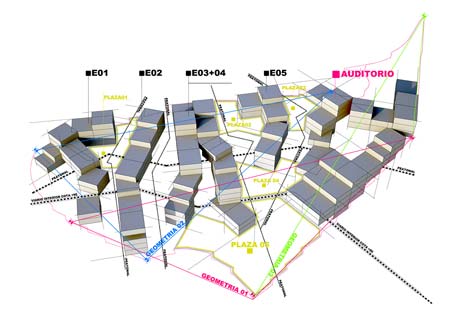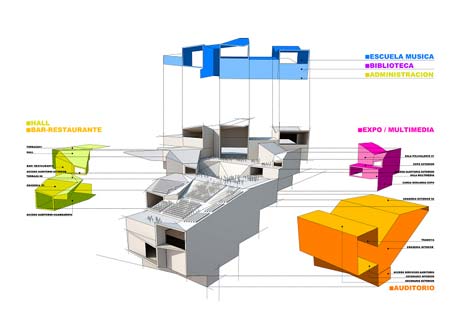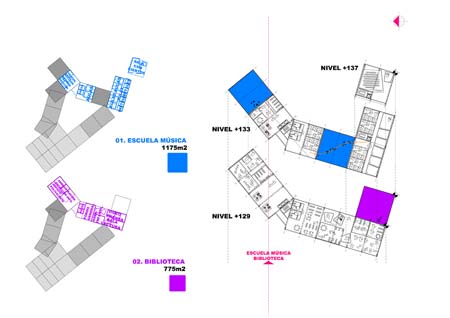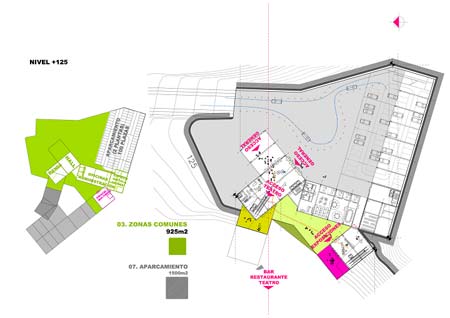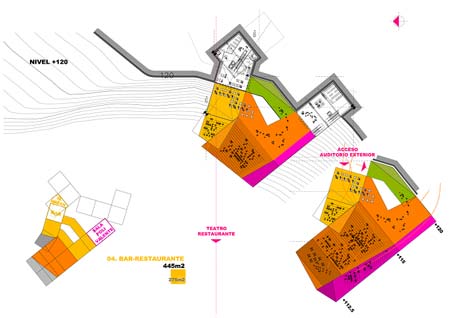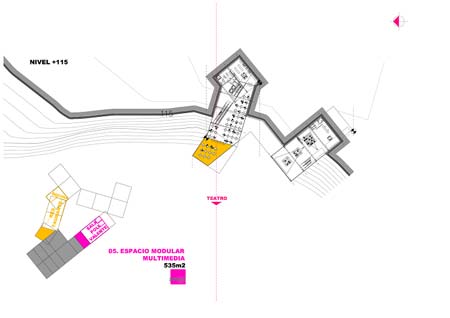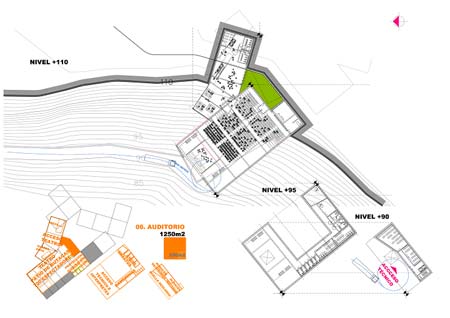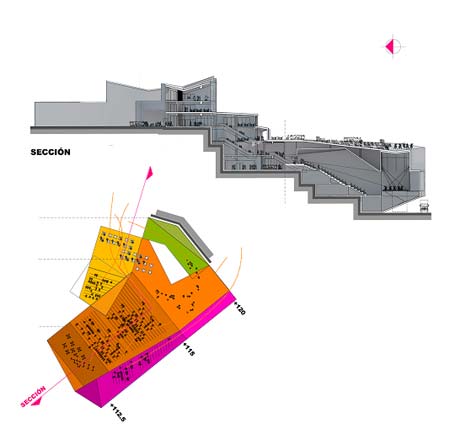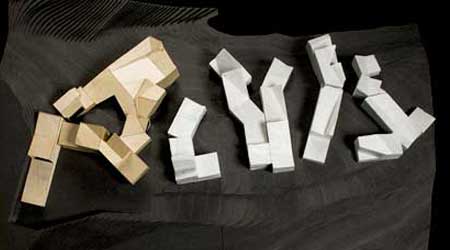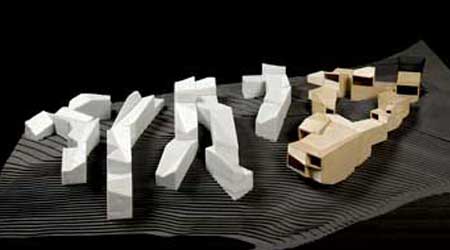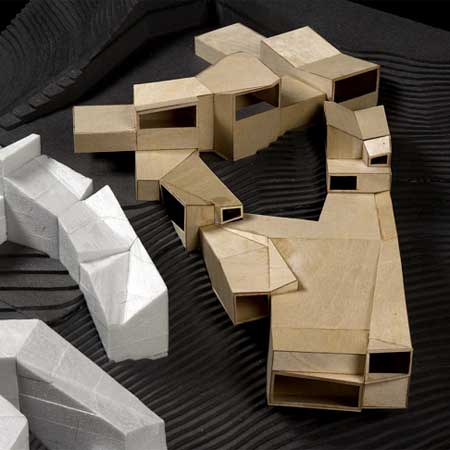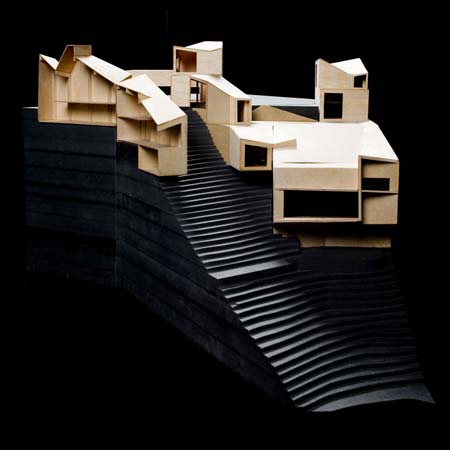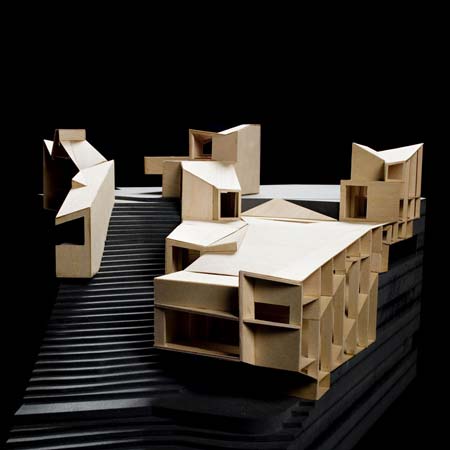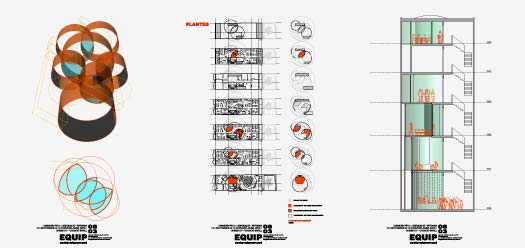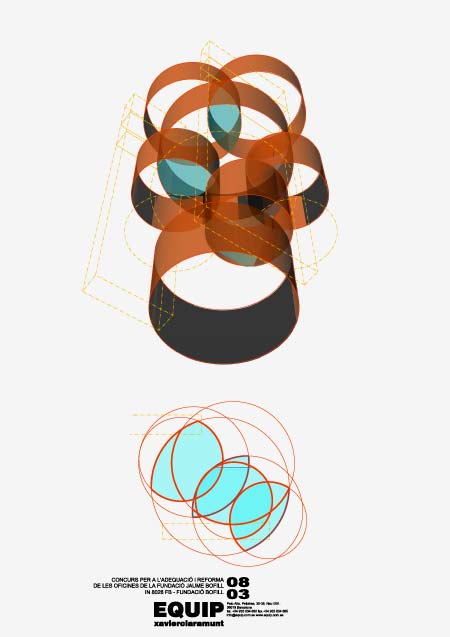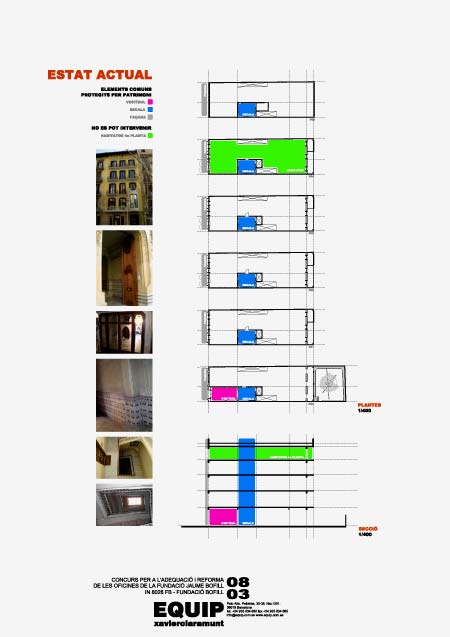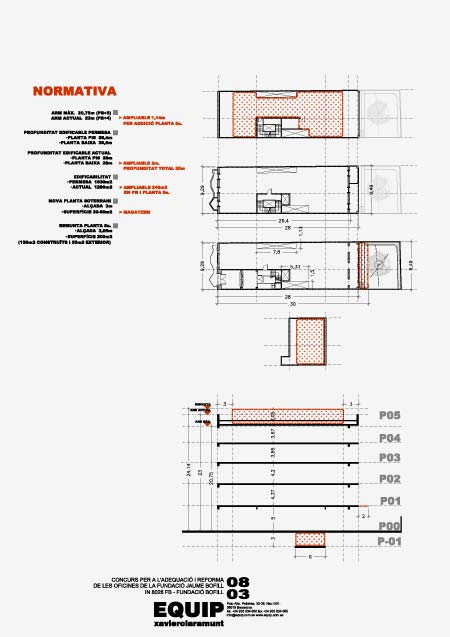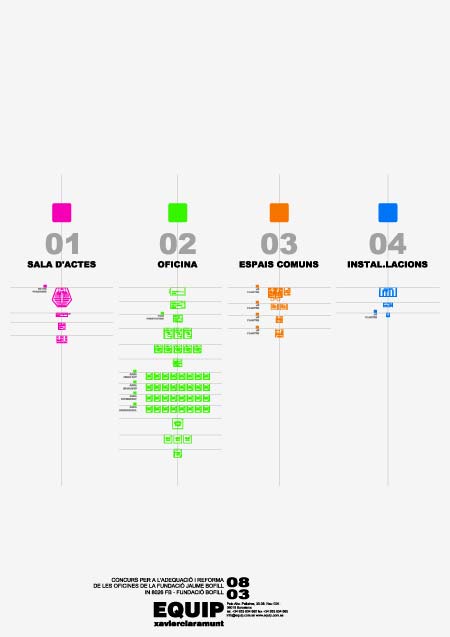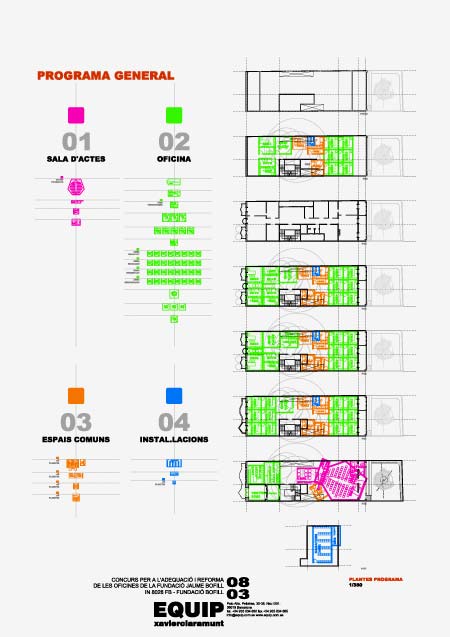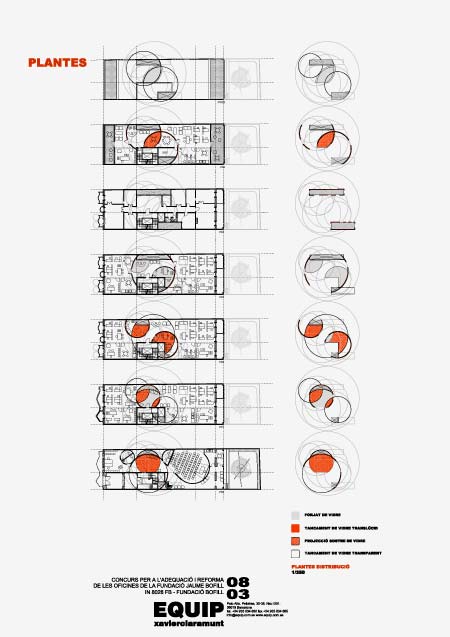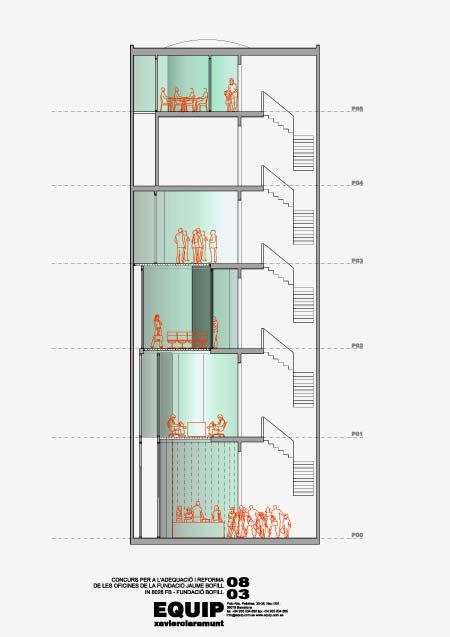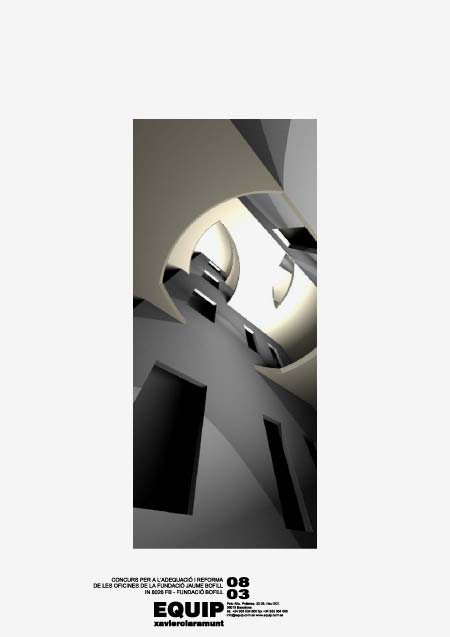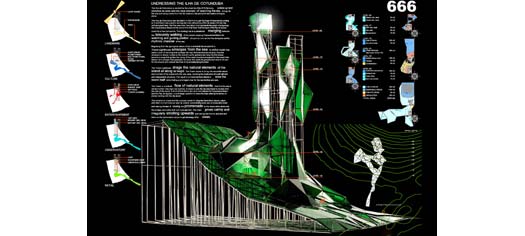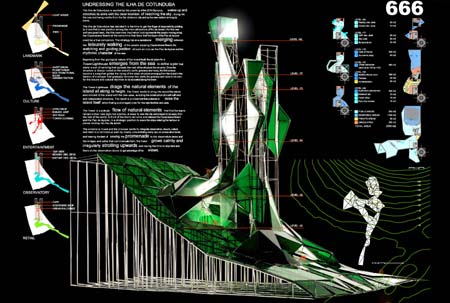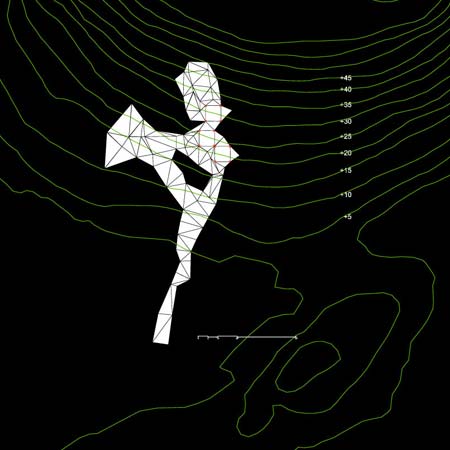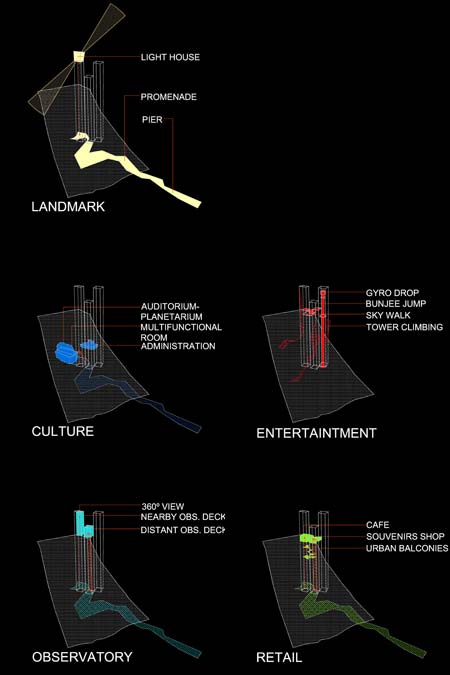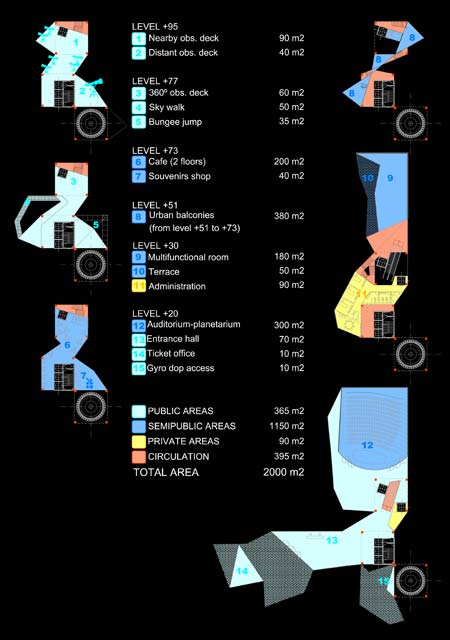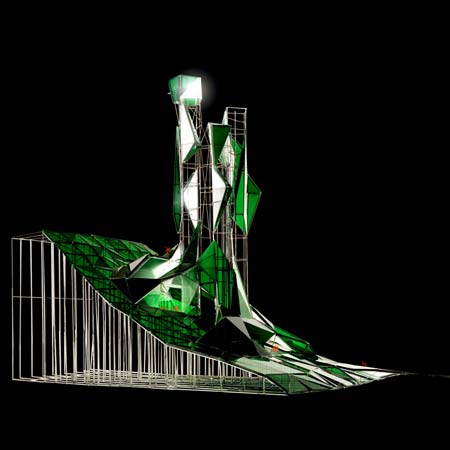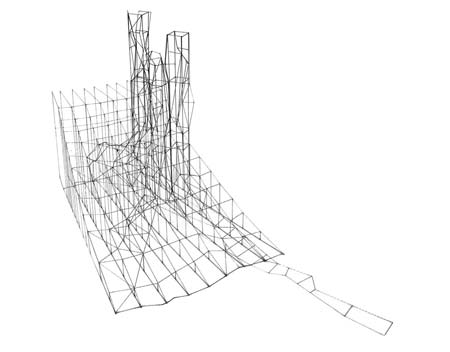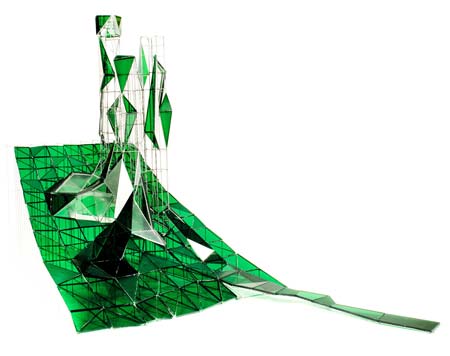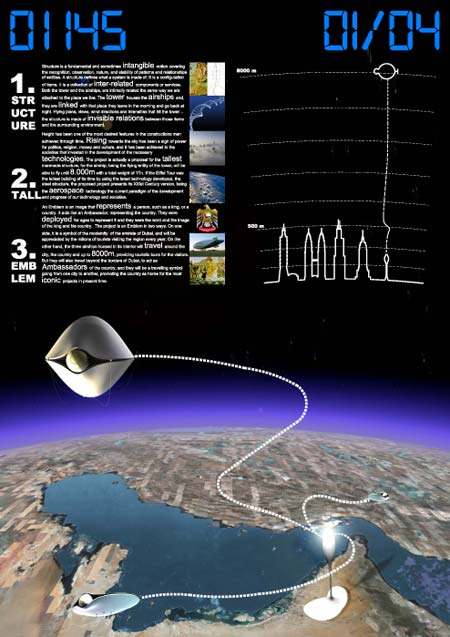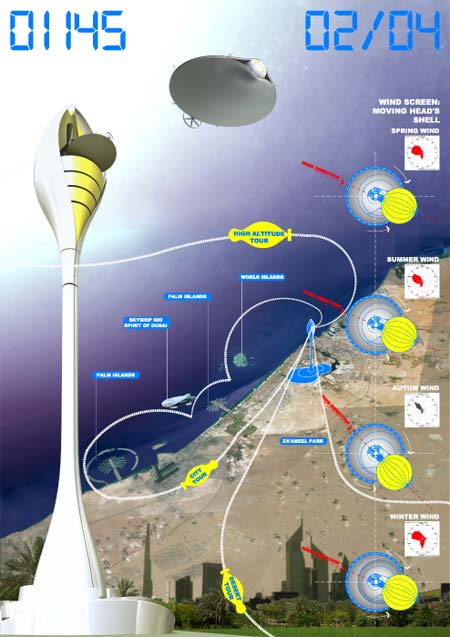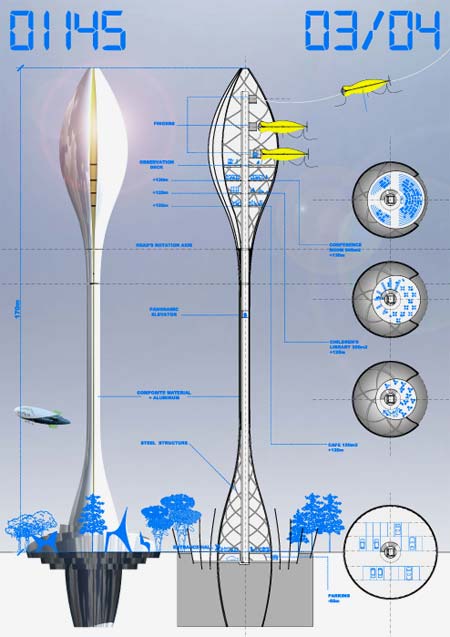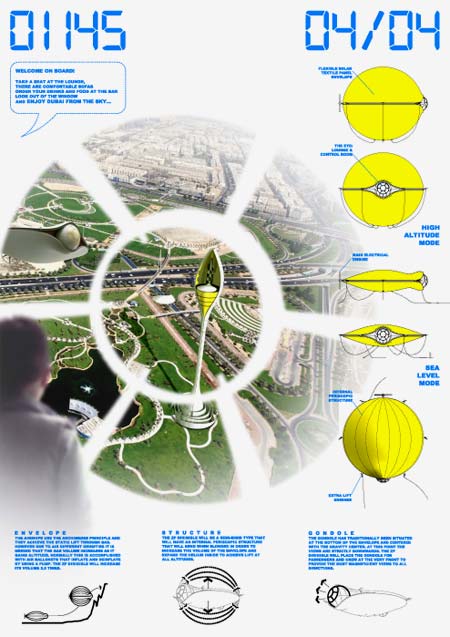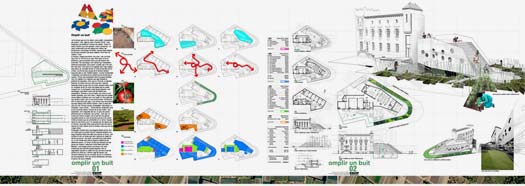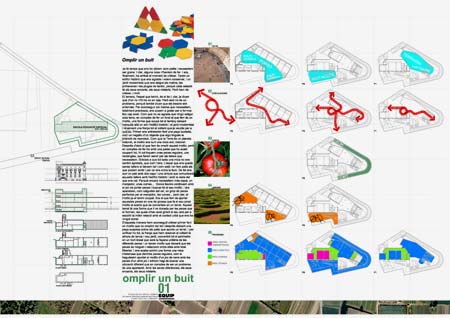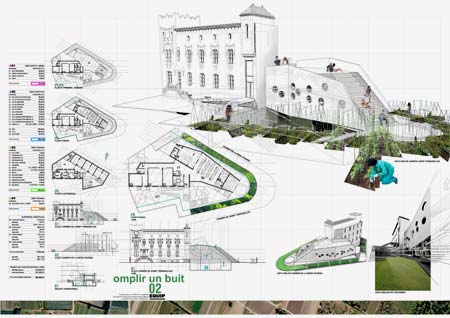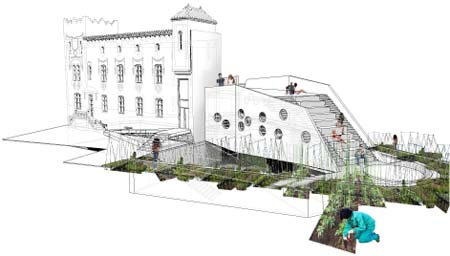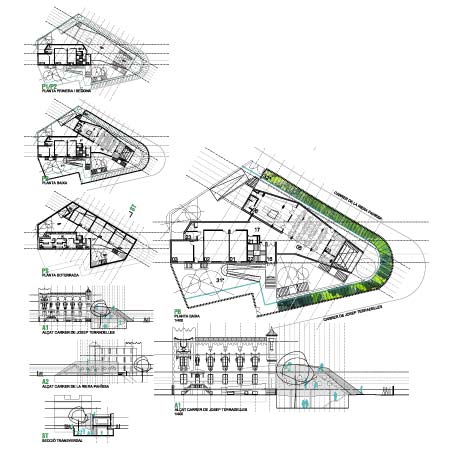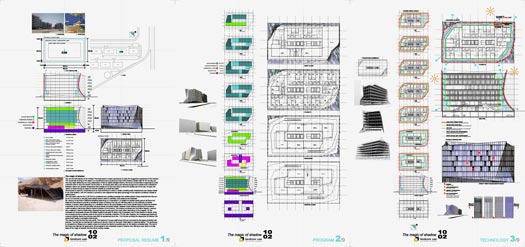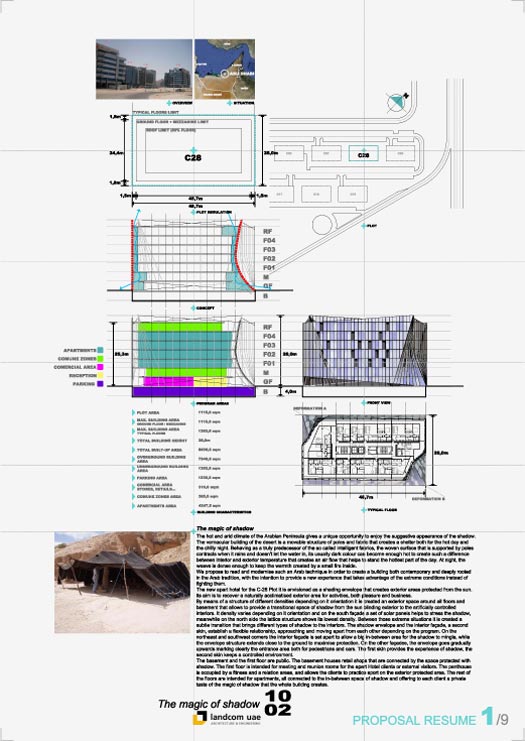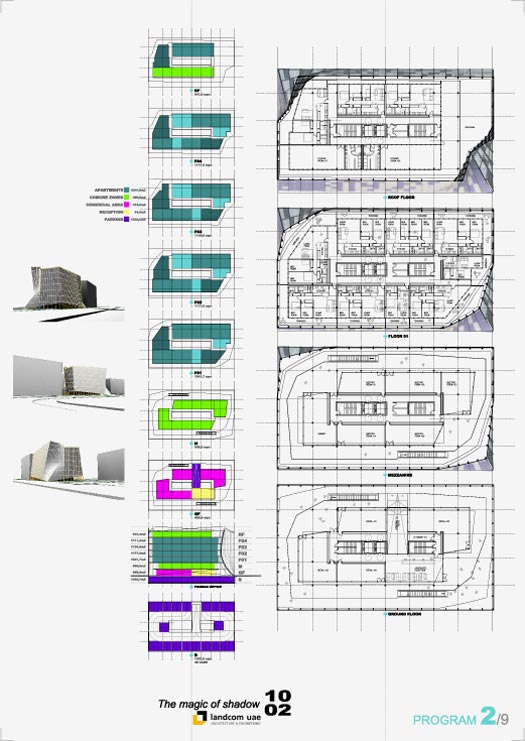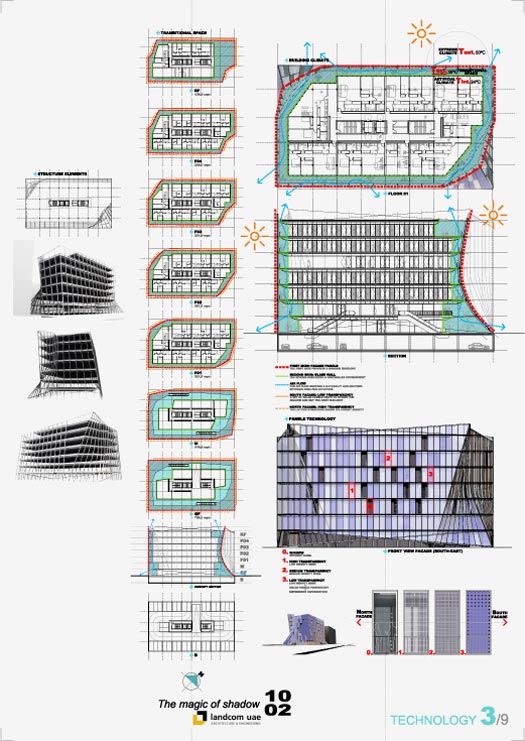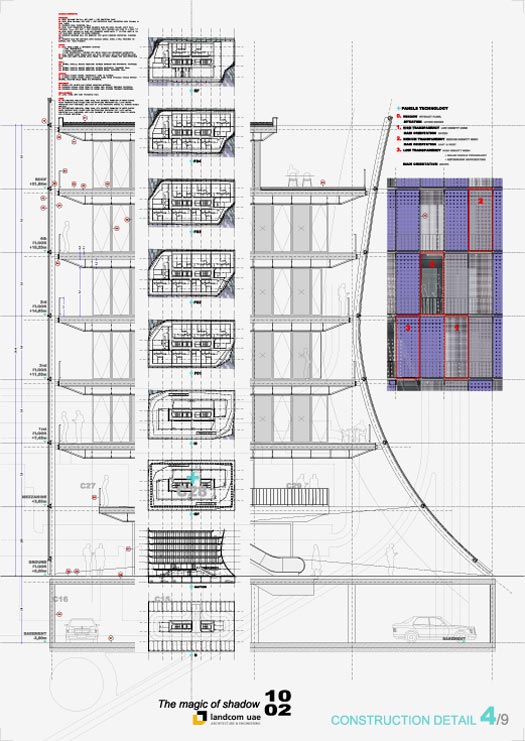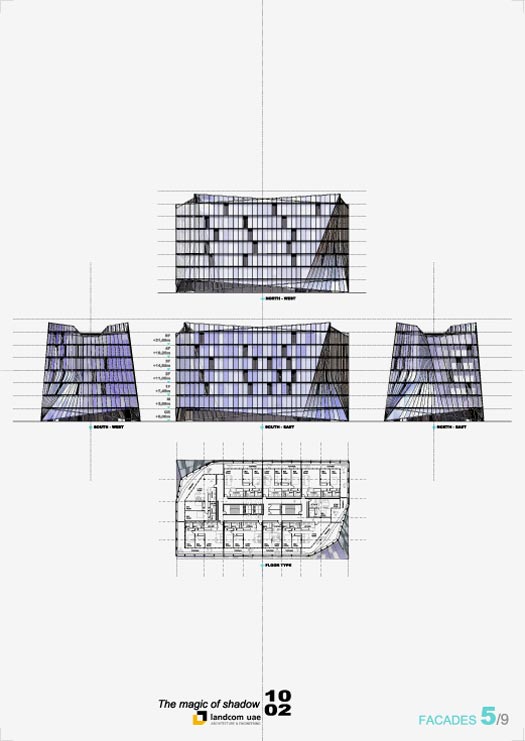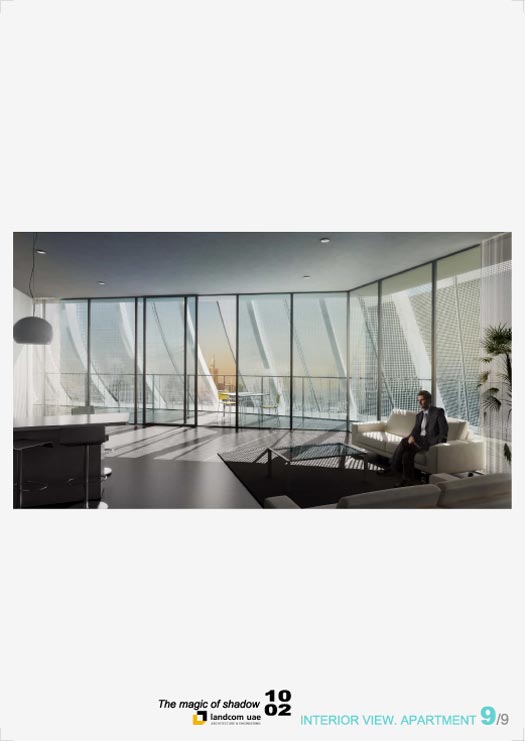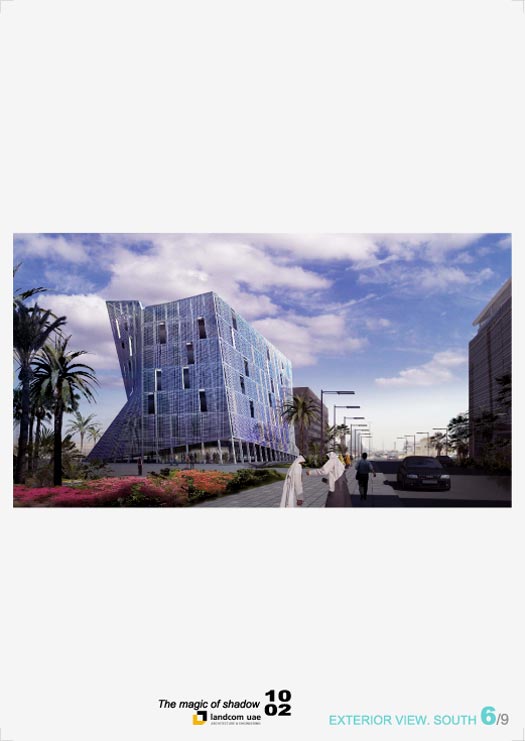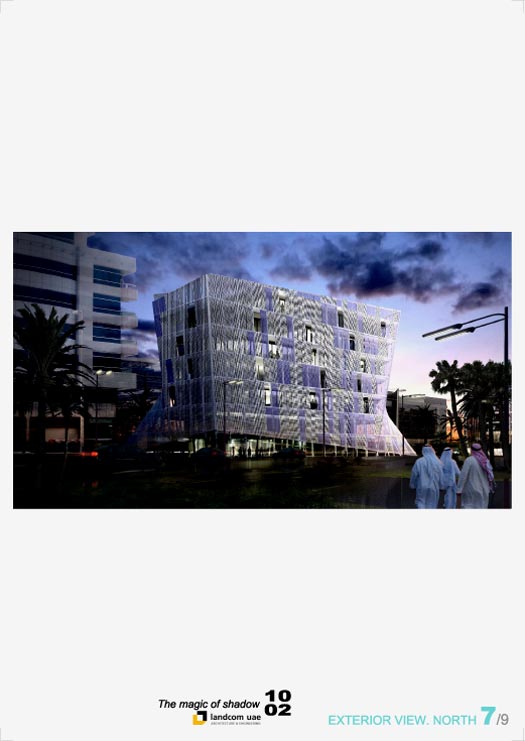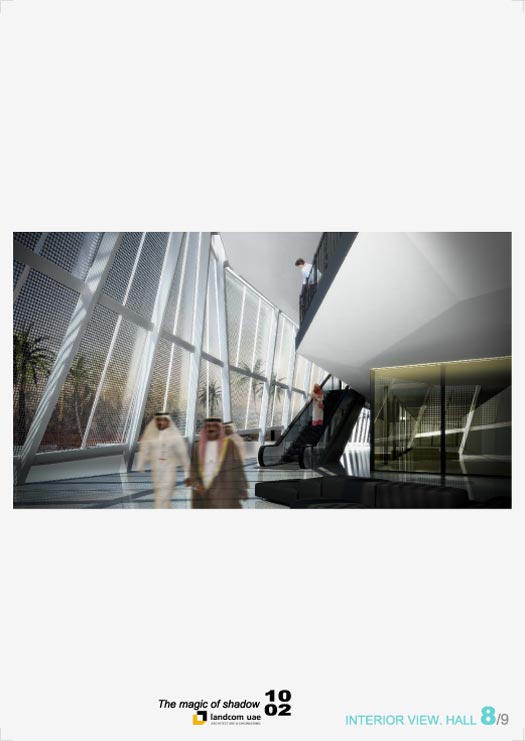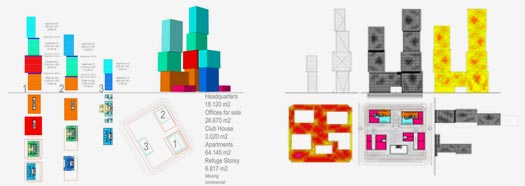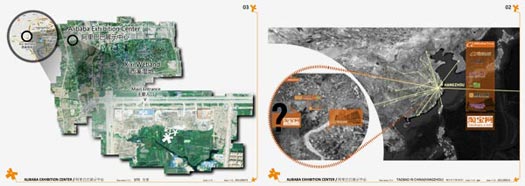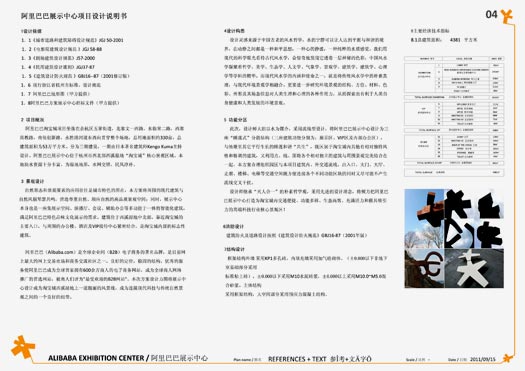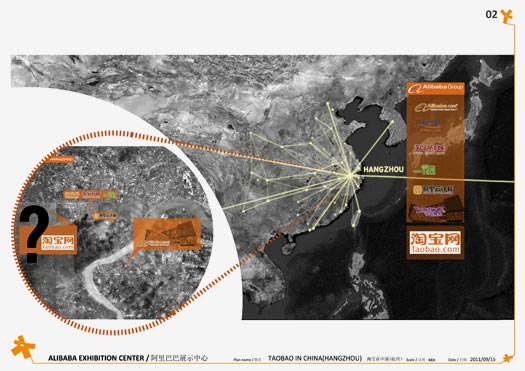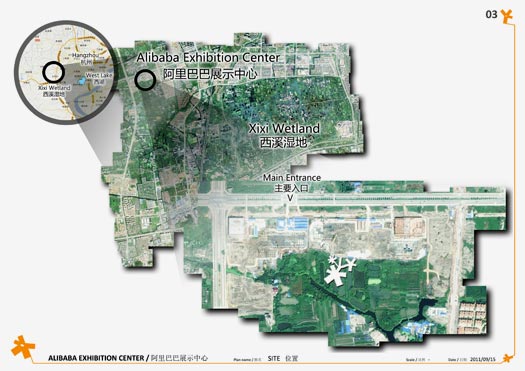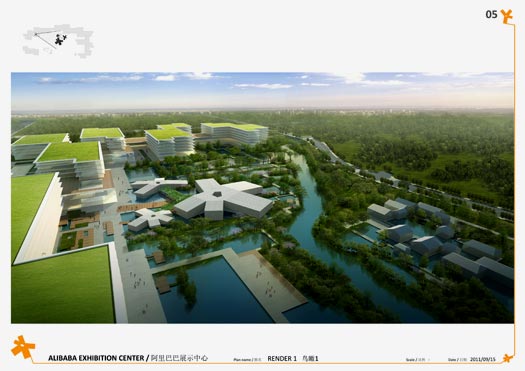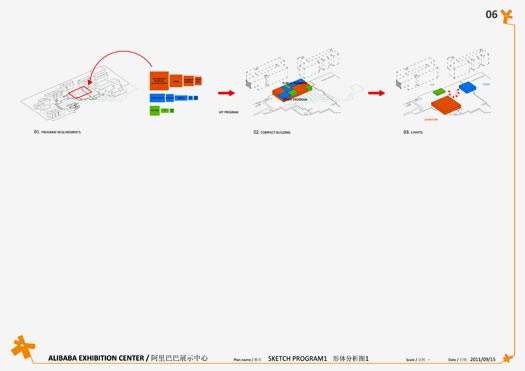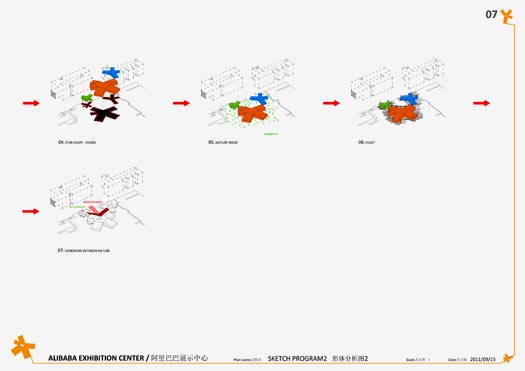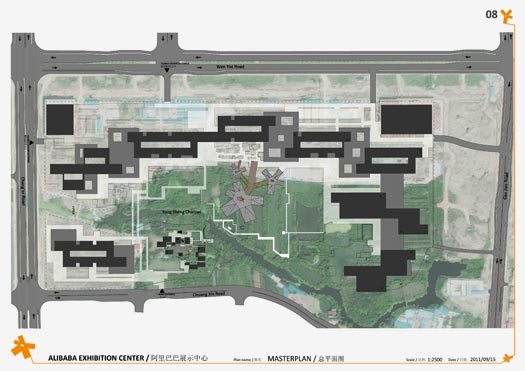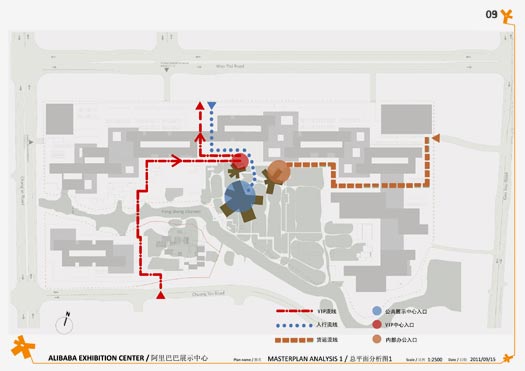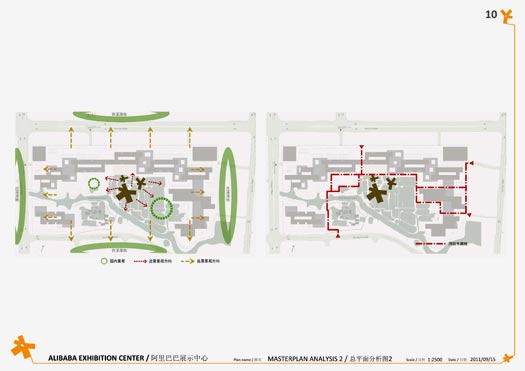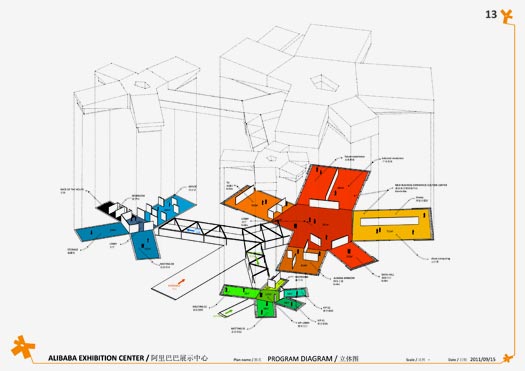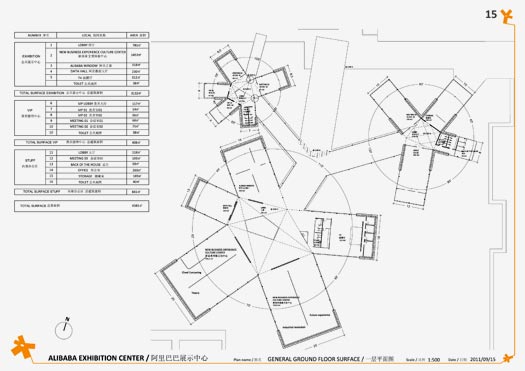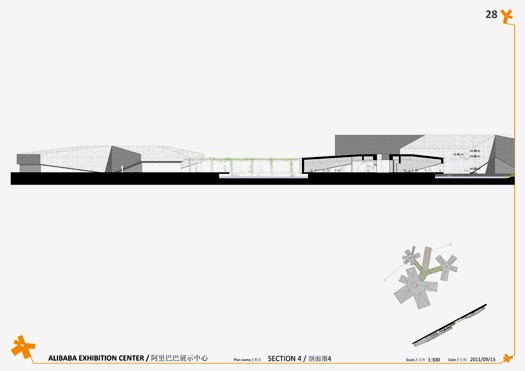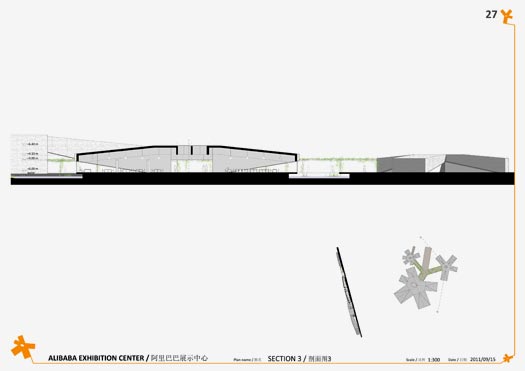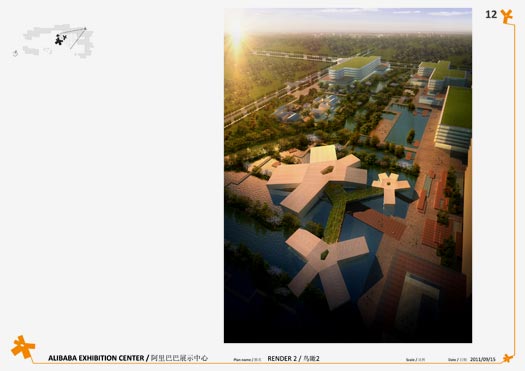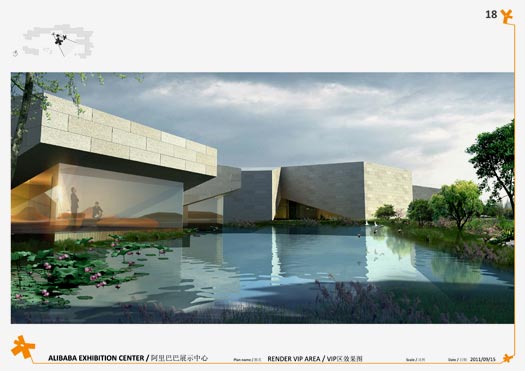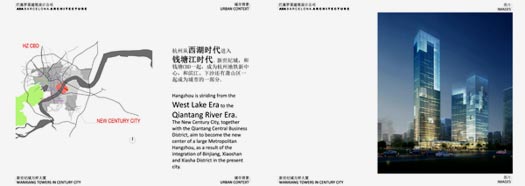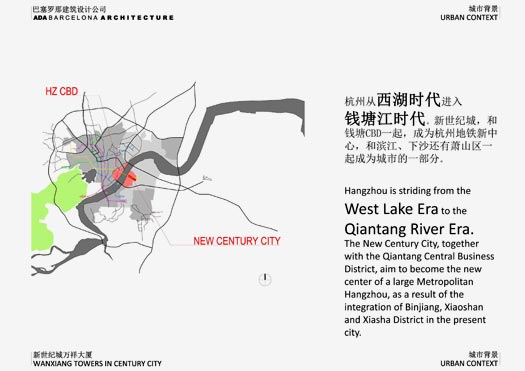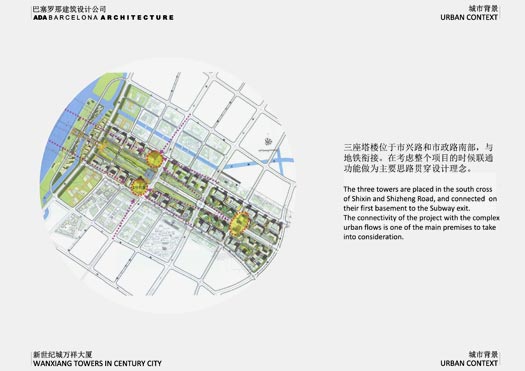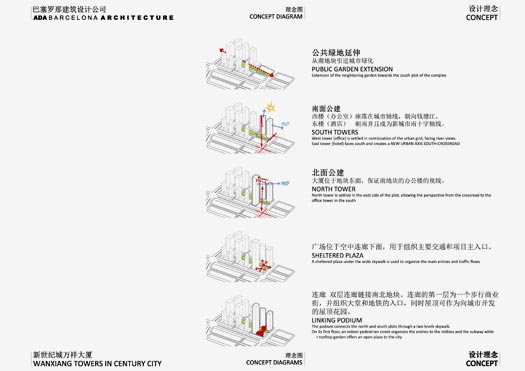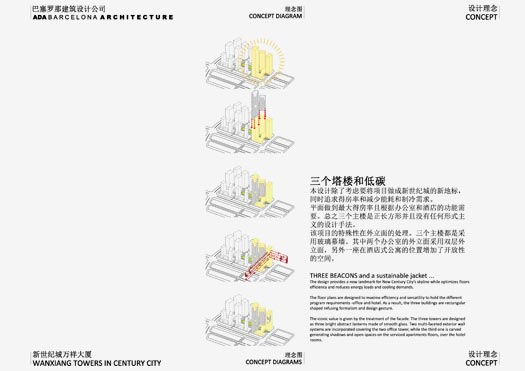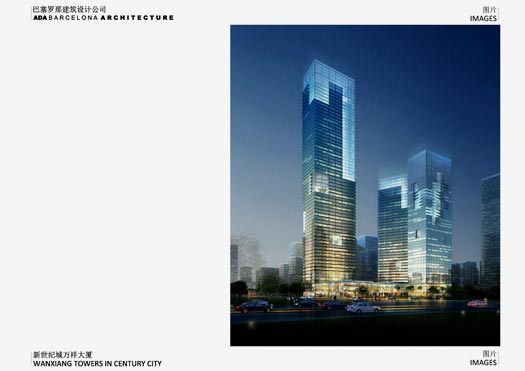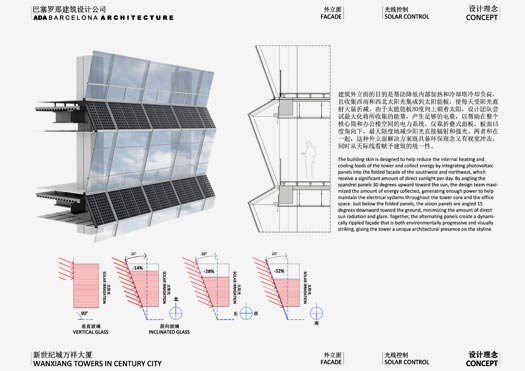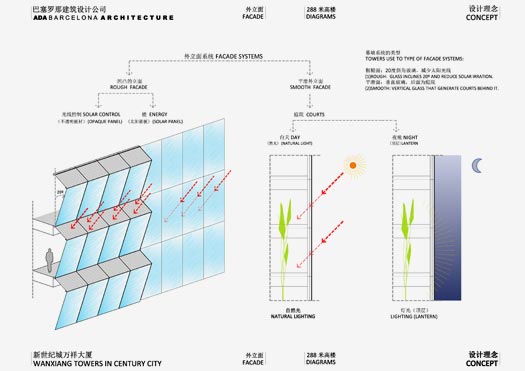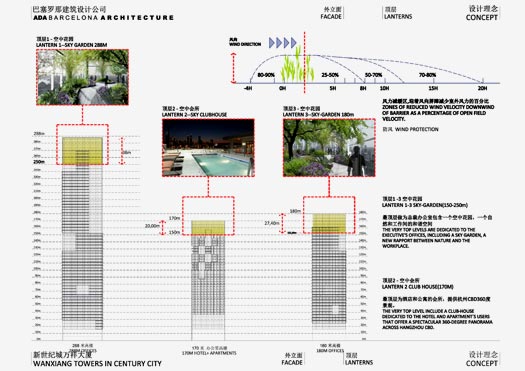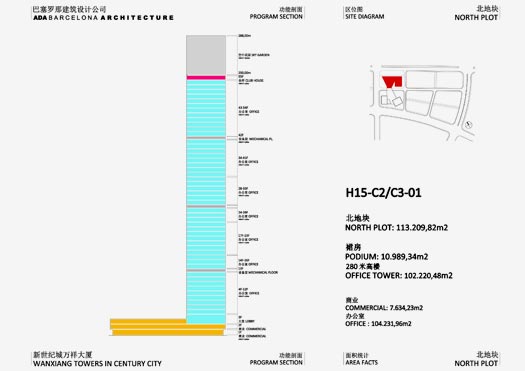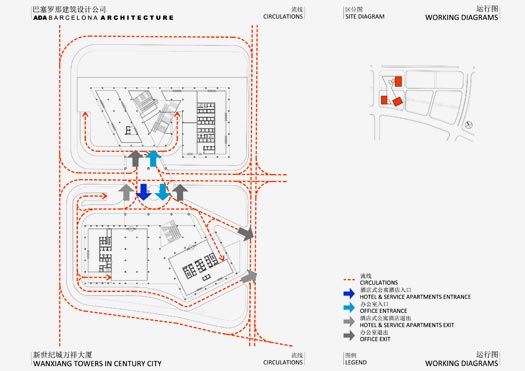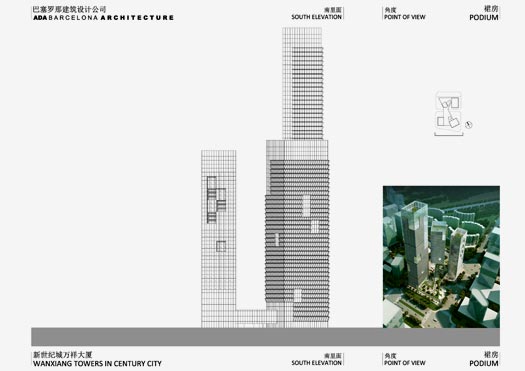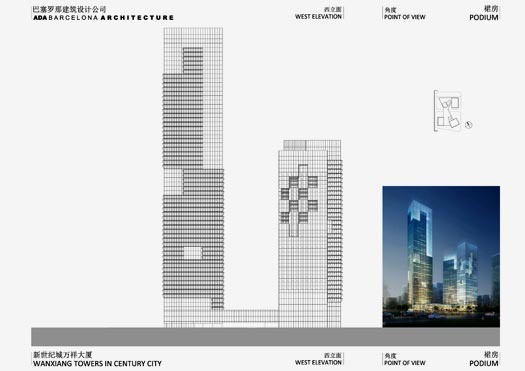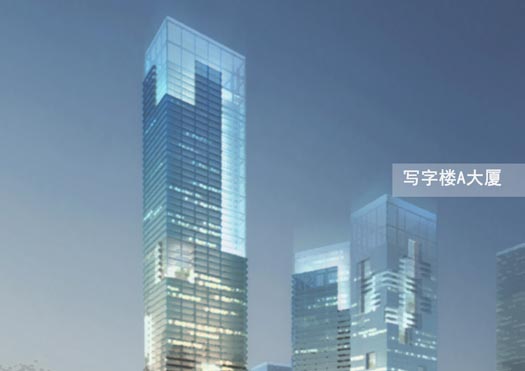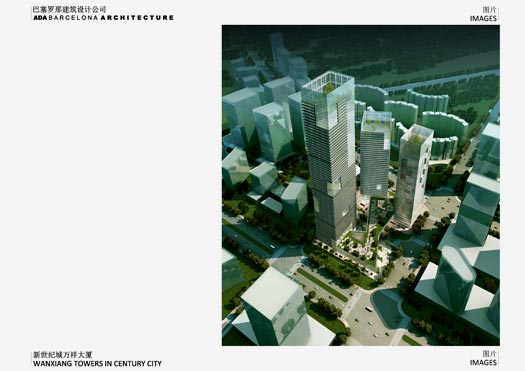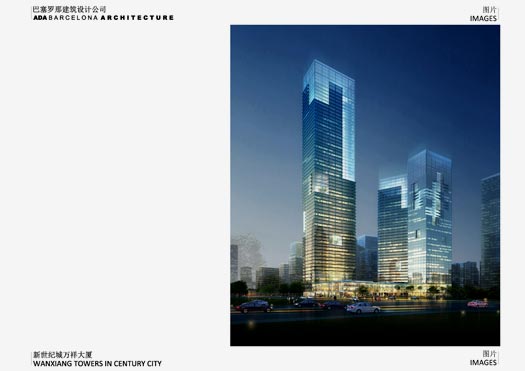| 08 002 |
POLIESPORTIU SANT JORDI. TARRAGONA. 2008 |
14.032M2 |
|
Sport center |
design development |
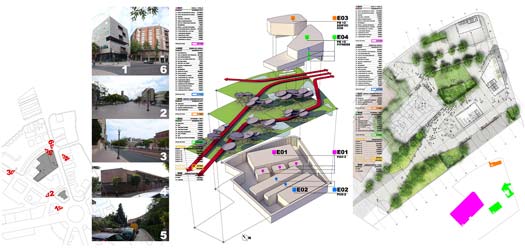
Repensar el lloc. L’estudi inicial del lloc, en la seva actual configuració, porta a la conclusió de què es tracta d’un solar privilegiat on s’hi ha anat intervenint, sense planificació, per a agregació de diferents peces específiques fins a la colmatació de l’espai disponible. Repensar el lloc és fugir de l’actual configuració, de l’aglomerat construït que colmata l’espai disponible.
Tàbula rasa. Per a fugir de l’actual configuració, ha estat necessari entendre el lloc com el solar que va ser ja fa temps. Un espai lliure, entre les edificacions adjacents, envoltat per tres carrers i interconnectat amb diferents zones de la ciutat. Una plaça, en definitiva.
Recollir el dinamisme inherent. Obrir el lloc a la ciutat i recollir els fluxes naturals de comunicació (Avgda. Principat d’Andorra), de circulació fins el mar (Avgda. President Lluís Companys) i d’activitat vital (Plaça Imperial Tarraco). Tot plegat arropat per la tranquilitat i potencial versatilitat del C/ Marqués de Guat.
Concentrar, per a després alliberar. Donada la gran dimensió del programa a implantar-hi, ens trobem davant una situació equiparable a la d’altres temps en el passat: la necessitat d’afegir volums específics fins a ocupar la totalitat de la superfície del solar. Fins a tamponar el solar. Precisament per evitar errors com els de temps passats, la proposta n’inverteix l’esquema. Allibera una gran plaça i concentra la gran part del programa esportiu sota la plaça. Allibera un espai públic de referència, un nou parc de interrelació per a la ciutat, des del què afloren els cossos de programa més singulars, donant façana, imatge de conjunt, i facilitant l’accés a l’equipament sota la plaça.
Plaça per a tothom. L’espai alliberat s’erigeix com a emblema de la proposta, donant prestació al barri en el què s’instal·la el nou complexe i complementant, a la vegada, l’equipament en sí. D’aquesta manera, la plaça és una gran prestació i un reclam per al nou complexe esportiu Sant Jordi. El nou centre s’instal·la en un lloc amb accés públic, dinàmic i interconnectat, a la vegada que els seus espais s’enriqueixen en possibilitar-se la continuïtat d’usos interior-exterior.
Soterrar com a virtut. Arrecerar, aixoplugar. L’acció de soterrar gran part del programa esportiu, permet dotar les diferents peces del grau d’introspecció i intimitat adequats, alhora que poden estar relacionades amb espais exteriors “privats”. En tots els espais que ho requereixin, s’habilita una perfecta il·luminació i ventil·lació natural a través de patis ajardinats i lluernaris en coberta. El soterrament també possibilita la disposició òptima de les peces, de manera que cada element tingui la dimensió requerida (amplada, longitud, altura) i la interrelació adequada. La distribució sota rasant queda alliberada de restriccions volumètriques i propicia el bon funcionament de les instal·lacions esportives. Al mateix temps, millora notablement el comportament bioclimàtic de l’edfici.
Interconnexió programàtica. Els edificis sobre la plaça (Edifici administratiu i Edifici de programa esportiu addicional) queden perfectament connectats, a cobert i per espais climatitzats, amb els equipaments sota plaça (Piscina coberta 2 i Pavelló poliesportiu triple). D’aquesta manera, TOT el conjunt funciona com un edifici unitari (inclosa la pista doble poliesportiva).
Major inversió inicial, major rentabilitat. El principal objectiu de la proposta, és a dir, que el nou complexe esportiu Sant Jordi sigui un conjunt obert a la ciutat, un lloc d’interrelació urbana i alhora un espai òptim per a la pràctica esportiva, fa que la inversió inicial a realitzar en la construcció del complexe sigui més elevada. Malgrat tot, és precisament degut a les prestacions amb què es dota la proposta, derivades d’aquesta inversió inicial superior, que la rentabilitat en l’explotació posterior del complexe és també major, amb escreix, cosa que fa recomanable aquest esforç inicial superior. Aquesta major rentabilitat es fonamenta principalment en els tres aspectes següents: – La decisió, radicalment urbana, de què el nou conjunt alliberi un gran espai, un parc, una plaça, i que els accessos s’hi realitzin des d’allà, és en sí mateix, un gran reclam per al centre. Això, juntament amb les òptimes característiques (naturalesa, qualitat i dimensió) de les instal·lacions proposades, fa que les previsions d’afluència de futurs usuaris es vegin notablement incrementades. En donar servei a més usuaris, la rentabilitat augmenta. – El fet de situar gran part del programa sota rasant, suposa un increment en els costos de construcció. No obstant, l’adequada coordinació entre els equips de construcció, gestió i arquitectura durant el procés de disseny, permet minimitzar costos, agilitzar els processos d’obra, obtenir la rentabilitat adequada i oferir als usuaris un conjunt de gran qualitat arquitectònica. – La inserció en el conjunt d’un edifici amb programa addicional, un edifici quasi independent però amb accés i gestió des del complexe, que proposa usos més relacionats amb el lleure i el culte al cos (fitness i wellness), implica una rentabilitat d’explotació per sobre dels estàndards habituals en instal·lacions esportives “convencionals”.
La seguretat com a punt fonamental de projecte. La proposta compleix amb tots els requisits de seguretat contemplats a les Normatives Urbanístiques, el Codi Tècnic de l’Edificació i a la CPI-96.
